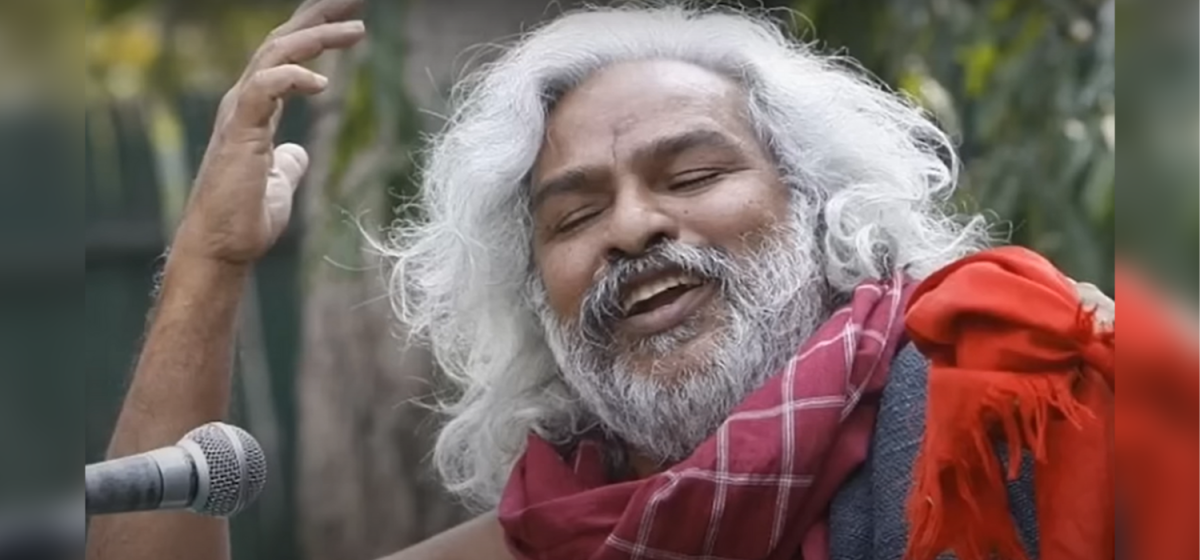Hrut Collage - Urmila Samson Homeschool
Activities, events, articles, links among other things to be used for inspiration and a resource.
We perceive education as a natural process through engaging with and forming relationships with the living and non living, exploring ourselves through the arts and silence, in order to discover the inner self and beyond; our non separateness, the Consciousness Connection that make us One.
https://hrutcollage.wordpress.com/
Homeschooling or Whole Being Living | Urmila Samson https://www.youtube.com/watch?v=oCwAz1b6PZ8 TEDx Talks Jul 10, 2018
There is thinking out of the box and then there is learning out of the box. Urmila Samson is a person who is a proponent of the latter. Hailing from Pune, she home schooled or as she calls it "unschooled" her children while being the co-founder of Swashikshan-Association of Indian Homeschoolers. The pedagogy revoles around picking up cues from the child about their inclination and providing them the tools to develop those skills.
It worked out when her daughter got into Eurythmy in London based solely on the merit of her essay, without having to give her A-level exams. With the community of parents choosing to home school their children growing, it is an honour to have Pune's MVP to tackle the orthodoxy of our current education system. Urmila Samson is one of the most distinguished homeshooling mothers in India. She, with her husband John, have radical ideas about learning and have opted to un-school their three children aged 25 years, 21 years and 18 years, who have never been to school. Her favourite definition of education is engaging with everything – living and non-living. Urmila is the co-founder of Swashikshan-Association of Indian Homeschoolers and has always been connected with people to guide them on right information and resources, with a burning desire to change the current scenario of the education system.
All Those Demanding a New Constitution Are Fighting for a Less Equal India
In his recent article, titled
There’s a case for ‘we the people’ to embrace a new Constitution https://www.livemint.com/opinion/online-views/theres-a-case-for-we-the-people-to-embrace-a-new-constitution-11692021963182.html 14 Aug 2023 Bibek Debroy, highlighted the Hindu right's real problem with the Constitution.. ...the three recent Bills on criminal justice are examples. Partly, one reclaims our forgotten heritage; Sengol is a metaphor for that.
what about the Seventh Schedule and local bodies? If development is correlated with urbanization, why have we set up these rural-urban silos, exemplified in the 73rd and 74th amendments?
what’s the Supreme Court’s role... There are articles in the Constitution that impede executive efficiency, at least for all-India services. What about electoral reform and the Rajya Sabha’s role?
..Should one subject specific geographical areas to special laws, thereby never mainstreaming them? (This isn’t only about Article 370 as there are others.) If reforms are about markets and a refocused and reduced role for government, what sense do we make of the Directive Principles of State Policy?
All Those Demanding a New Constitution Are Fighting for a Less Equal India https://thewire.in/politics/all-those-demanding-a-new-constitution-are-fighting-for-a-less-equal-india Runyani .. the ideologues and leaders from the Hindu right have been asserting that this constitution is a colonial legacy, based on the Government of India Act of 1935 of the British and does not reflect ‘Indian values’
As the Constitution was implemented, the RSS mouthpiece rejected it and demanded the Manusmriti as the Constitution. An editorial in Organiser on Novemner 30, 1949 read: “But in our Constitution, there is no mention of the unique Constitutional development in Ancient Bharat. Manu’s laws were written long before Lycurgus of Sparata or Solon of Persia.
https://indianexpress.com/article/india/bibek-debroy-article-for-new-constitution-pm-panel-says-not-our-view-8897462/ “The recent article by Dr @bibekdebroy was in his personal capacity. In no way do they reflect the views of EAC-PM or the Government of India,” the EAC-PM posted Thursday evening. The EAC-PM is an independent body constituted to give advice on economic and related issues to the Government of India, specifically to the Prime Minister.
Gaddar, Who Symbolised Revolutionary Politics, Leaves Behind Questions on Social Transformation

He transcended the political through aesthetics and politicised the symbolic. For a generation, he symbolised the spirit and politics of revolutionary change, primarily in Telangana, but his songs travelled well beyond.
Revolutionary balladeer Gaddar passed away on Sunday, August 6. He leaves behind a legacy that will last for a very long time and with it a number of questions that hold the promise of rethinking the processes of social transformation.
Gaddar rose to unprecedented fame in the 1990s, when he walked into the open from a life in the ‘underground’. He was part of the revolutionary movement that later came to be known as the Maoists. For a generation, he symbolised the spirit and politics of revolutionary change, primarily in Telangana, but his songs travelled well beyond. He was neither a trained singer nor a writer. He spontaneously reflected the rebellious spirit of Telangana. He symbolised the energy of the time of revolutionary politics and was its greatest makings. His songs were not just an art but a phenomenon. His songs were listened to and appreciated cutting across classes. He had a unique reach into the drawing rooms and playing recorders of the rich and dominant castes.
09/08/2023
Page 16 of 51
